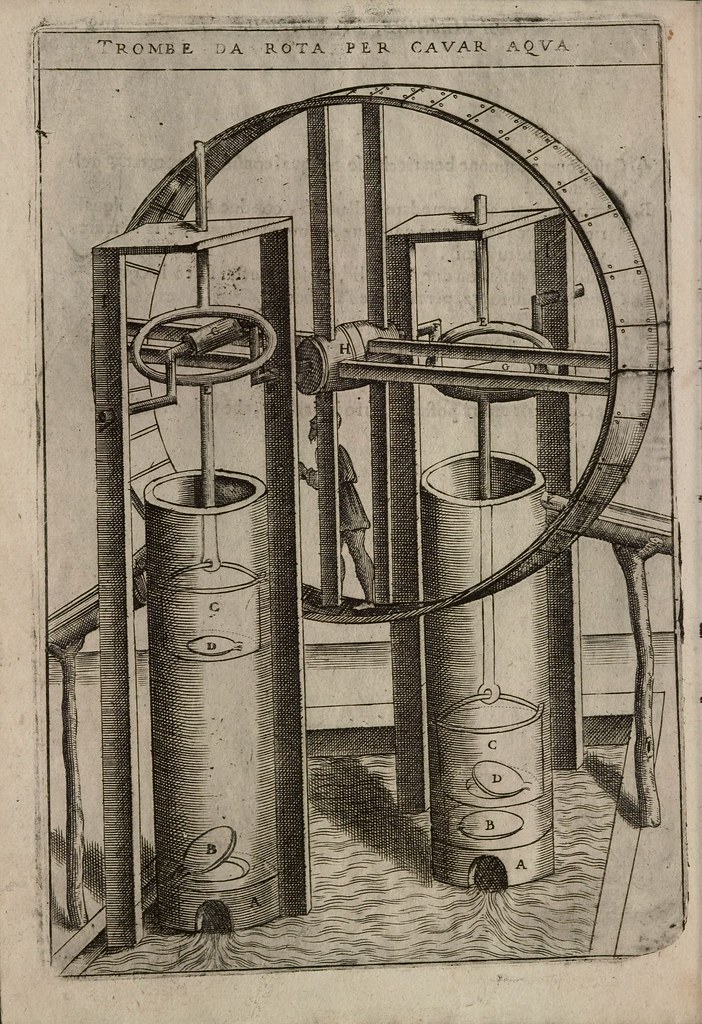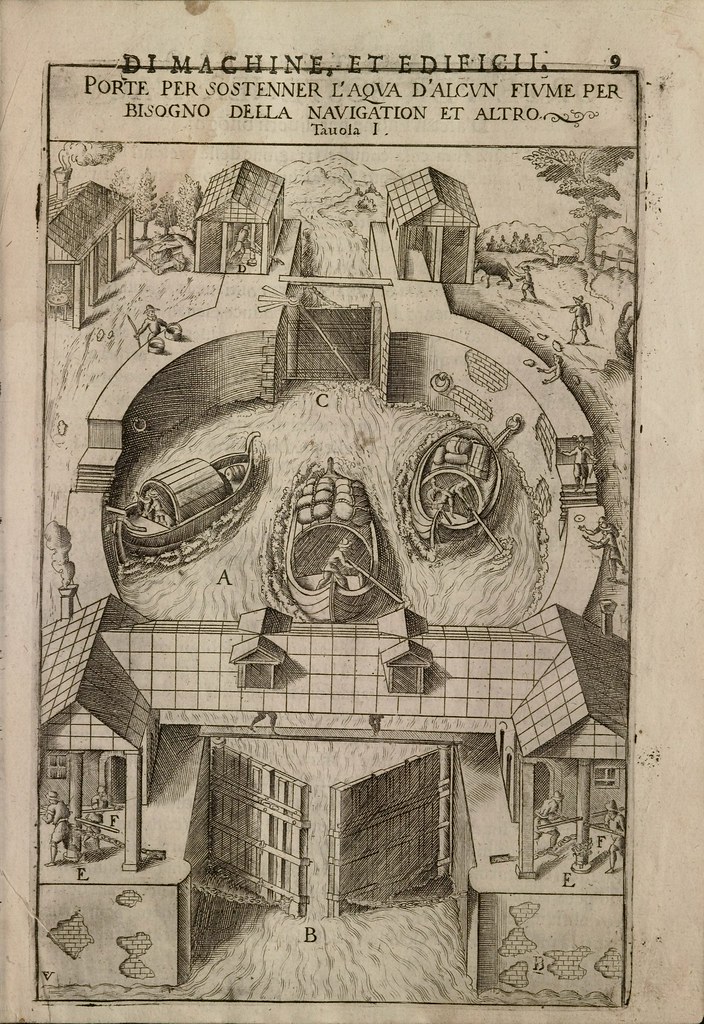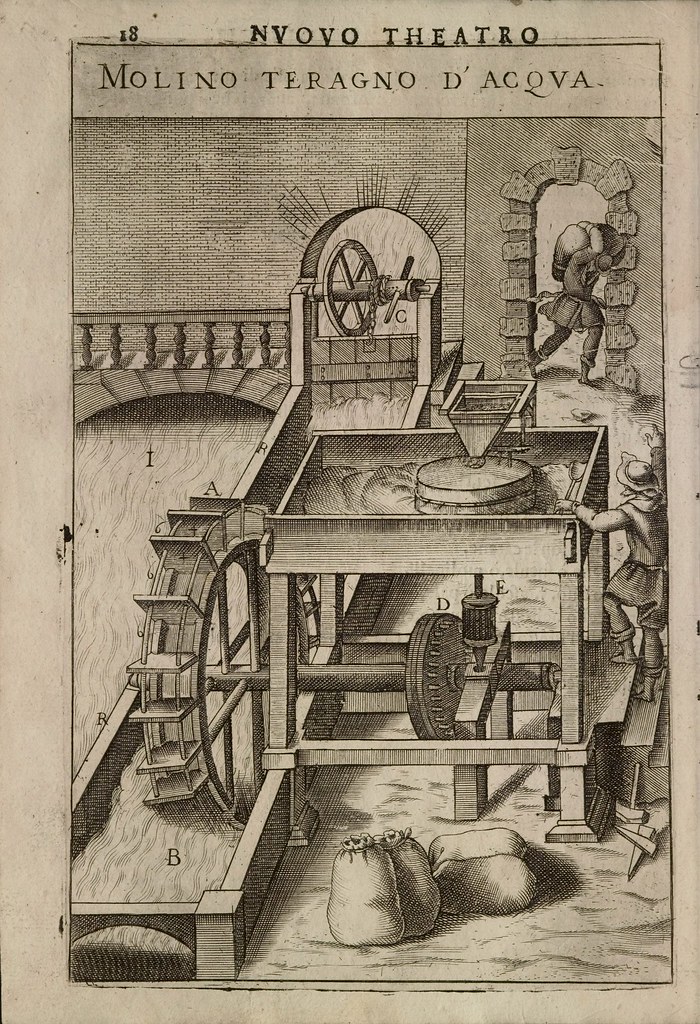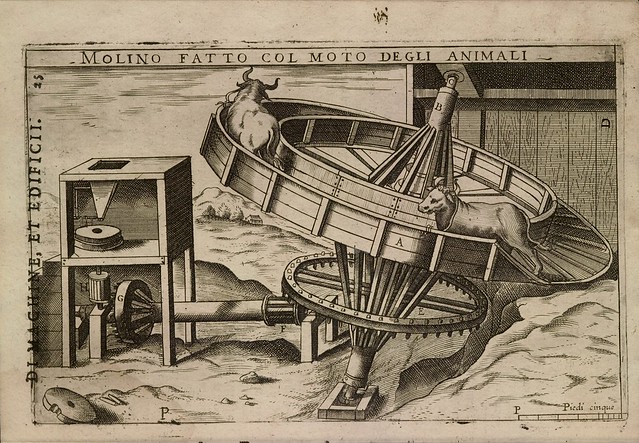Sabater Pi was one of the
founding fathers of ethology and primatology, but not well known as usual
happens with talents in Spain. He was also one of the original pioneers in chimpanzee
and gorilla field studies. He lived in Africa for thirty years, and his works,
published in a number of popular science books and journals, and his beautiful
drawings, give us a profile of this great naturalist.
Born in Barcelona, Jordi
Sabater Pi (1922-2009) became a specialist in the study of ethology and
anthropology during the period of his life between 1940 and 1969, when he
conducted field research in Equatorial Guinea and came to be considered a world
authority on the study of primates in their natural habitat.
His discovery of chimpanzee cultures living in the Okorobiko mountains in
Equatorial Guinea and their use of sticks to create a basic form of community
industry, of the giant frog Conraua goliath in the waterfalls of the
river Mbia and of the rare honeyguide bird Melichneutes robustus are
some of his more celebrated research accomplishment; and of course he is also
known for his work in having brought the albino gorilla known as Snowflake to
Barcelona Zoo
The Sabater Pi Collection,
located at the Barcelona Science Park, contains documents summarizing the
scientific and graphic work of Jordi Sabater Pi, Professor Emeritus at the
University of Barcelona.
The collection essentially
consists of books and journals on topics related to ethology, primatology and
anthropology, although other documents on botany, history, geography and
psychology can also be found. In total, The Sabater-Pi Collection includes more
than 5,500 handwritten documents.
As usual, set of external links:
- The video on this link about Snowflake,
the albino gorilla discovered by Sabater Pi.
-
The University of Barcelona's Virtual Museum
has a collection of 75 images from the Sabater Pi collection: something
of an overview of the sketch albums, but with additional paraphernalia.






a.jpg)
.jpg)
.jpg)

